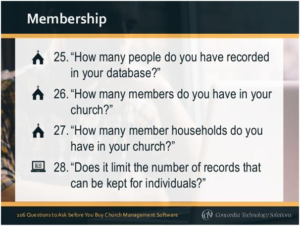If you use 301 redirects on your site or your clients’ sites, then it’s vital to understand how to use them properly in order to avoid damaging your search engine rankings.

Using 301 in the Right Places
First of all, only use a 301 redirect in the right places. As an SEO specialist who provides on-page SEO & Off page SEO techniques, coder, designer, webmaster, or in fact anyone working in the digital world, you should understand what redirect codes mean so that you can use the correct ones.
An official list is maintained by the IANA which explains that 301 redirects should only ever be used when a page or other resource has moved permanently.
Examples of When to Use a 3-1 Redirect
If you work in web design but are not sure about when or how to use redirects, you may like to consult a specialist. However, if you’d like to have a go yourself here are a few hints and tips from Google on how you can make use of 301 redirects to help your SEO: Once you have read these tips make sure to contact Professional SEO services at sites including www.elevateuk.com – If you’ve moved your website from one domain to another, set up a 301 redirect to send users who enter the old URL into their browsers to the new site. A great feature of 301 redirects is that browsers should automatically update old links and saved bookmarks, so this is especially useful.
– For sites that can be accessed through multiple domains or URLs – for example, http://home.example.com and http://example.com/home – a useful approach is to settle on one domain as your main (canonical) URL. You can then set up 301 redirects to send users from other domains to the main site. There are also many other tools that can help you do this, including Google’s Search Console, which allows you to choose preferred domains.
– In situations where you find yourself merging two websites, 301 redirects are a useful way of making sure that users who attempt to visit outdated URLs on an old site are redirected to the up-to-date resources on the new website.
Implementing 301 redirects on an Apache based server is accomplished by making basic changes to a directory .htaccess file. Many popular server management systems and CMSs include tools to make this even simpler.















